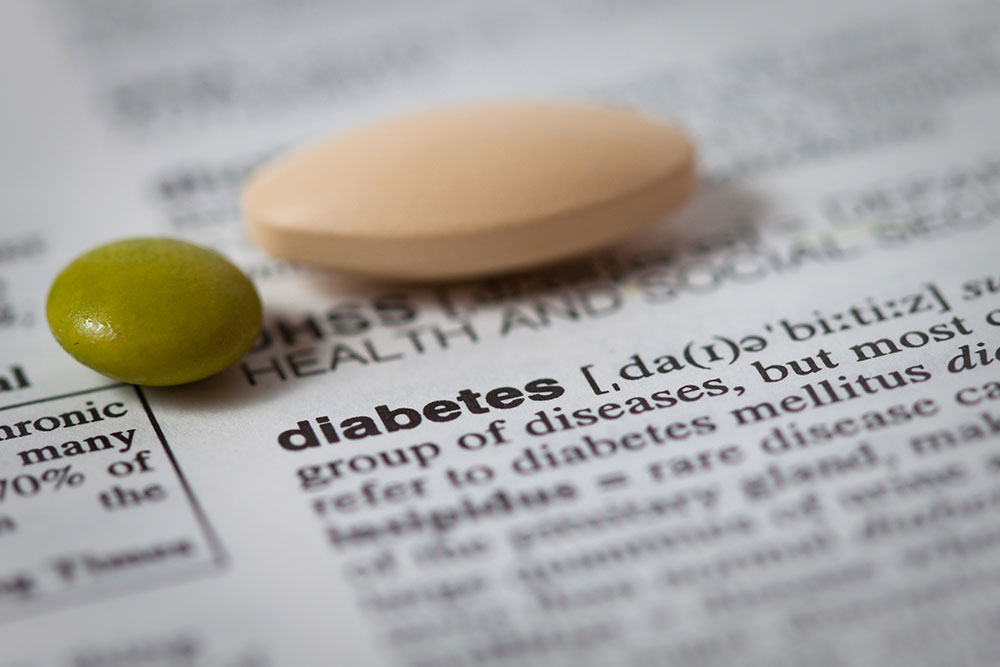Diabetes: Symptoms and prevention strategies
Diabetes refers to the condition of your blood carrying an excess of sugar. Sugar is a source of energy, and when it is ingested, the body secretes a hormone called insulin. Insulin helps to “open” cells so that the glucose can enter the cells and energy can be released. Now when there is a shortage of insulin or if insulin is unable to open, the cells for energy is released. The sugar which is ingested is not processed and remains in the bloodstream. This causes diabetes.
Although there are different types of diabetes, the symptoms for each of the types are more or less the same.

Symptoms
If you happen to show one or two symptoms from the below list, then it’s best you get a blood test done first thing.
- Excessive thirst on a frequent basis
- Increased appetite (sensation of hunger even after large meals)
- Excess urination
- Fatigue
- Weight loss
- Blurred vision
Small changes to your lifestyle can reduce your risk of getting diabetes by a long way.
What Is The Normal Blood Sugar Range?
The blood sugar levelis lowest in the morning and the blood sugar level at this time is the Fasting level.
The blood sugar levelrises after a meal, so the test is usually done after 2 hours of consuming food. Thenormal blood sugar range will change in this case. The normal blood sugar range for a nondiabetic person is between 6.5 to 7.8 mmoI/L and the normal blood sugar level for a diabetic person is approximately 10.0 mmoI/L.
How to prevent diabetes
You can prevent diabetes or at least reduce the risk by taking certain preventive measures. If you are prone to hereditary diabetes, you need to take certain precautions to delay the onset of diabetes. Here are a few preventive measures you can follow.
Cut down on the sugar
When you consume more sugar, the body has got to produce more and more insulin to burn all that sugar into energy. Now, if you don’t give the body so much work by reducing your sugar intake, you are reducing the risk of increased sugar levels in your blood.
Work out whenever you can
Studies have shown that regular engagement in physical activity improves the sensitivity of your insulin. This means that lesser amounts of insulin are required for your body to maintain the sugar levels.
Water all the way
Set water as your go-to beverage whenever you are thirsty. Replacing those sodas and carbonated drinks with water will reduce the amount of sugar you consume. If you consume a lot of drinks with high sugar content, you increase your chances of getting LADA (Latent Autoimmune Diabetes of Adults). Treatment for this takes much longer to be effective than the original diabetes itself.
Lose weight
If you feel that you are overweight or that you have a bit too much on your waistline, create a workout regime and stick to it. Make a plan to change your diet and to hit the gym regularly. When you are overweight, the excess fat around your waist, also called visceral fats, promote insulin resistance which decreases the sensitivity. This increases your risk of getting diabetes.
Drop the cigarette
Research has shown that smokers have a higher chance of getting diabetes than nonsmokers. If you smoke, even occasionally, try to break that habit. Five or ten years down the road your risk of acquiring diabetes will be the same as that of a nonsmoker.
There are several other ways to prevent diabetes. But the most important question is, are you willing to do what it takes to prevent diabetes? Everything worth having comes at a price, so decide to pay that price and reduce your risks of getting diabetes and live a longer and healthier life.

